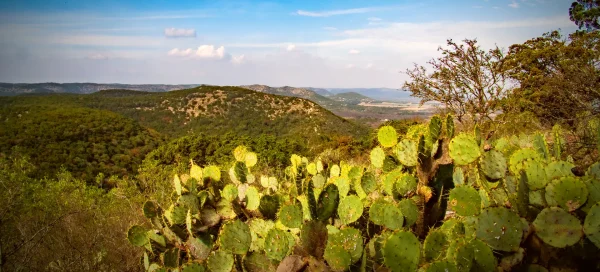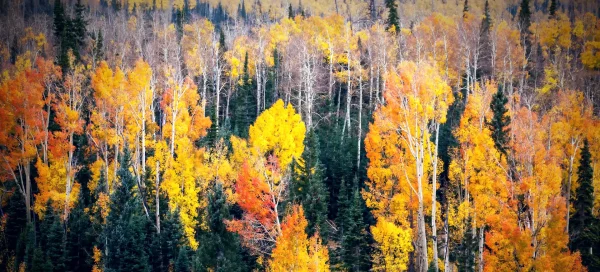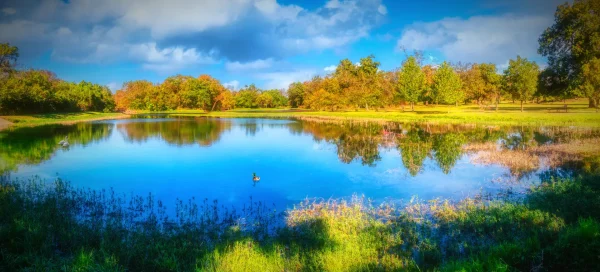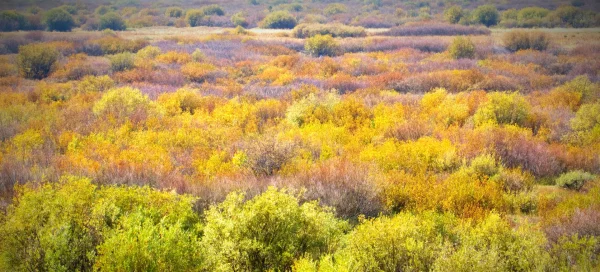Overview
The Southern Lapwing, scientifically known as Vanellus chilensis, is a distinctive and widespread wader in the family Charadriidae. Recognizable by its bold black, white, and grey plumage and red wattles, it is native to South America’s southern regions. This bird is particularly noted for its loud, piercing calls that resonate day and night, often serving as a rural and urban soundtrack.
Southern Lapwings are adaptable, inhabiting various environments from grasslands to agricultural fields and even adapting to urban parks and golf courses. These birds are highly territorial, especially during the breeding season, and are known for their aggressive behavior towards intruders, including humans. The Southern Lapwing is a ground-nester, laying its eggs in simple scrapes often made in open areas.
This species plays a significant role in its ecosystem, controlling insect populations and acting as an indicator of environmental health. Despite habitat modification and pollution threats, the Southern Lapwing remains widespread and is a familiar sight in many parts of its range.
Taxonomy
Kingdom
Phylum
Class
Order
Family
Genus
Species
Sub Species
Type
Physical Description:
Southern Lapwings are medium-sized birds, measuring approximately 14-15 inches (35-38 cm), with a wingspan of about 31-33 inches (78-85 cm). They are characterized by their striking appearance: a black cap and breast band, white cheek patch and underparts, and a greyish-brown back. During the breeding season, their plumage is accentuated by reddish-bronze wing spurs, used in defense against predators or rivals.
Males and females look similar, though males tend to have slightly longer wing spurs and may exhibit brighter colors during the breeding season. Their red eyes and yellow wattles (fleshy lobes) below the eyes are distinct features. Juveniles are duller with less defined markings. The species’ overall physique, including long legs and a short tail, is well-adapted for life in open terrains.

Lifespan: Wild: ~15 Years || Captivity: ~20 Years

Weight: Male & Female: 0.5-1.2 lbs (250-550 g)

Length: Male & Female: 14-15 inches (35-38 cm)

Wingspan: Male & Female: 31-33 inches (78-85 cm)
Characteristic:
Native Habitat:
Southern Lapwings are native to a broad range of habitats across South America. They are commonly found in grasslands, savannas, light scrub areas, and near bodies of water like lakeshores and riverbanks. Their adaptability has allowed them to thrive in agricultural and urban settings, including city parks, golf courses, and lawns.
Their preference for open areas with short vegetation allows them to spot predators and prey more easily. While they are generally associated with lowland areas, Southern Lapwings can also be found at higher altitudes in some of their range.
Biomes:
Biogeographical Realms:
Continents:
Diet:
Diet & Feeding Habits:
Southern Lapwings are primarily insectivores, feeding on various insects, invertebrates, and occasionally small vertebrates. Their diet includes beetles, grasshoppers, flies, worms, and other small creatures. They typically forage by walking on the ground, using their keen eyesight to spot prey, and then quickly seizing it with a swift peck.
These birds have adapted to forage in rural and urban environments, utilizing agricultural lands, grassy fields, and even sports grounds. Their presence in urban areas often aids in controlling insect populations, making them a welcome visitor in parks and gardens.
Mating Behavior:
Mating Description:
Southern Lapwings are monogamous birds, often forming long-term pair bonds. Loud and aggressive territorial displays mark the breeding season. Males perform elaborate aerial maneuvers and loud calls to attract females and deter rivals. Nesting sites are typically simple scrapes on the ground, often in open areas, which the female lines with grass and other materials.
Females usually lay 2 to 4 eggs well-camouflaged against the ground. Both parents share incubation duties for about 26-30 days. Once hatched, chicks are precocial, leaving the nest soon after birth and following their parents to learn foraging skills. Parental care is highly protective, with adults often feigning injury to distract predators from their offspring.
Reproduction Season:
Birth Type:
Pregnancy Duration:
Female Name:
Male Name:
Baby Name:
Social Structure Description:
Outside the breeding season, Southern Lapwings can be quite gregarious, forming loose flocks that forage and roost together. During the breeding season, they become more solitary and territorial. Their social interactions are characterized by various vocalizations and physical displays, which communicate with mates, offspring, and potential rivals.
Their strong territorial instinct is notable, with pairs aggressively defending their nesting area against intruders. This behavior underscores the importance of undisturbed nesting sites for their reproductive success.
Groups:
Conservation Status:
Population Trend:
The population of the Southern Lapwing is considered stable and widespread. They are adaptable and resilient, thriving in both natural and human-modified landscapes. While there are no significant global threats to the species, local populations may be affected by habitat loss, pollution, and changes in agricultural practices.
As a common species, Southern Lapwings are an integral part of the ecosystems they inhabit, serving as indicators of environmental health. Their success in various habitats demonstrates their versatility and the importance of maintaining diverse and healthy ecosystems.
Population Threats:
While Southern Lapwings are generally thriving, they face potential threats from extensive agricultural practices that reduce available habitat and affect food sources. Urban expansion and associated pollution can also impact local populations. Disturbance during the breeding season, whether from humans, pets, or machinery, can lead to nest abandonment and reduced reproductive success.
In some areas, they may be at risk from collisions with vehicles and aircraft, especially near airports where large open grassy areas are attractive nesting sites.
Conservation Efforts:
Conservation efforts for Southern Lapwings primarily focus on habitat protection and management. Preserving grasslands, wetlands, and other key habitats is essential for their continued success. Education and awareness campaigns can help mitigate disturbances during the breeding season and promote coexistence in areas where humans and lapwings overlap.
Promoting sustainable practices that maintain insect populations and natural vegetation in agricultural regions can benefit Southern Lapwings. Monitoring population trends and ecological research contributes to understanding their needs and planning effective conservation strategies.
Additional Resources:
Fun Facts
- Southern Lapwings are often found in close association with livestock, feeding on insects stirred up by the animals’ movement.
- Their loud, distinctive calls are considered iconic in many parts of South America and can be heard from a considerable distance.
- The wing spurs of the Southern Lapwing are not only a defense mechanism but are also used in intraspecific fights and displays.
- They adapt well to urban environments and can often be seen foraging on lawns, sports fields, and parks.
- In some cultures, the Southern Lapwing is a rain precursor, with its increased vocal activity believed to predict wet weather.
- Their aggressive defense of their territory and young has led them to be sometimes seen as ‘feisty’ or ‘pugnacious’ birds, unafraid of much larger animals and humans.
- In flight, Southern Lapwings display a dramatic black-and-white wing pattern, making them quite a spectacle when they take to the skies in groups.
- With their long legs, they wade through wetlands and grasslands, giving them the height advantage to spot predators and prey from afar.
- Southern Lapwing chicks are precocial, meaning they’re relatively mature and mobile shortly after hatching, ready to follow their parents and learn about the world.
- In some South American cultures, the Southern Lapwing is a precursor of rain, as their activity is believed to increase before wet weather.












